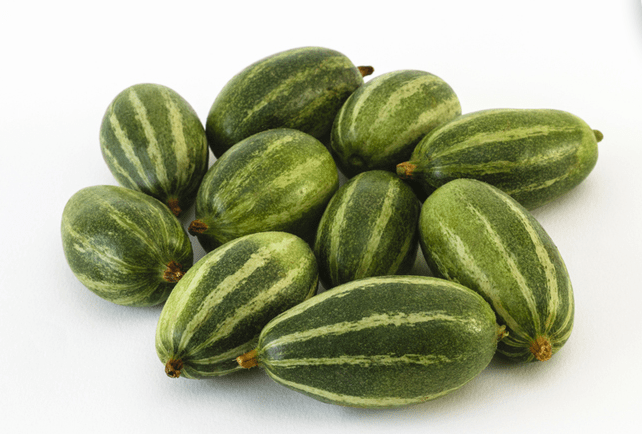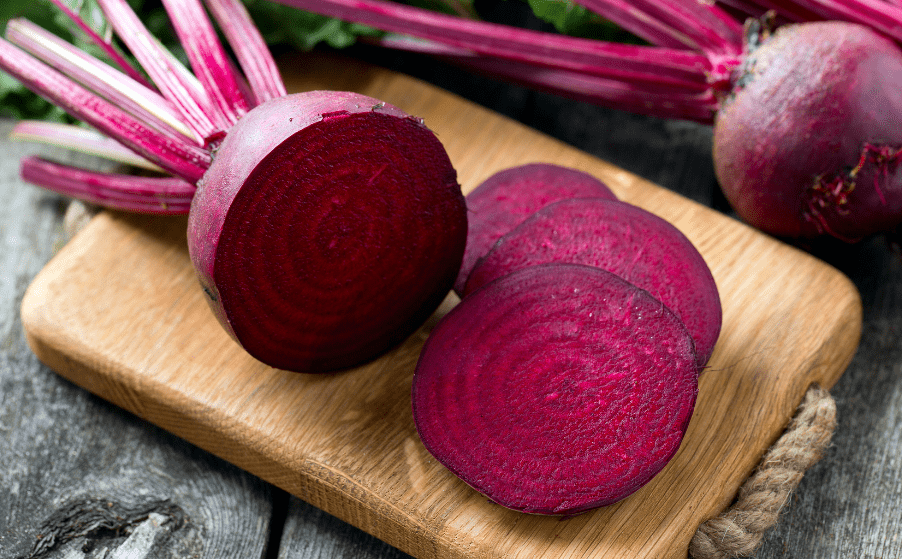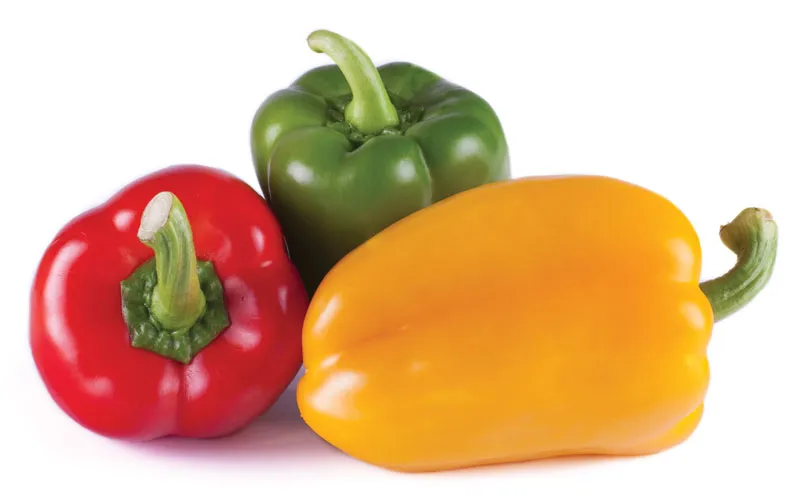
Description
It is also referred to as parmalin, potol, parwal, and palwal. The plant spreads vegetatively and develops into pencil-thick vines (creepers) with dark-green simple cordate leaves that grow with training on a support structure (such as a trellis). Having distinct male and female blooms on staminate and pistillate plants, respectively, it is a well-developed dioecious plant. The seeds of the fruits are unpleasant and they are green with white or no stripes. Size ranges from 2 to 6 inches, from little and circular to thick and lengthy.
Uses
Most often, filled pointed gourd is cooked as a gravy. Additionally, it pairs admirably with other veggies. It is frequently used with potatoes. The pointed gourd is also eaten as a stew, soup, or curry in several regions of the country.

Nutrition
Only 100 g of pointed gourd have good levels of vitamins A and C, potassium, magnesium, phosphorus, and many other micronutrients, although it only has 24 calories.
Cultivation
It does well in hot to somewhat warm and humid environments. Due to its susceptibility to water logging, the plant prefers fertile, well-drained sandy loam soil, remaining dormant throughout the winter. Since pointed gourds are a warm-season crop, they do best in hot or moderately warm and humid environments. The ideal temperature for healthy growth is between 25°C and 35°C.
Table





